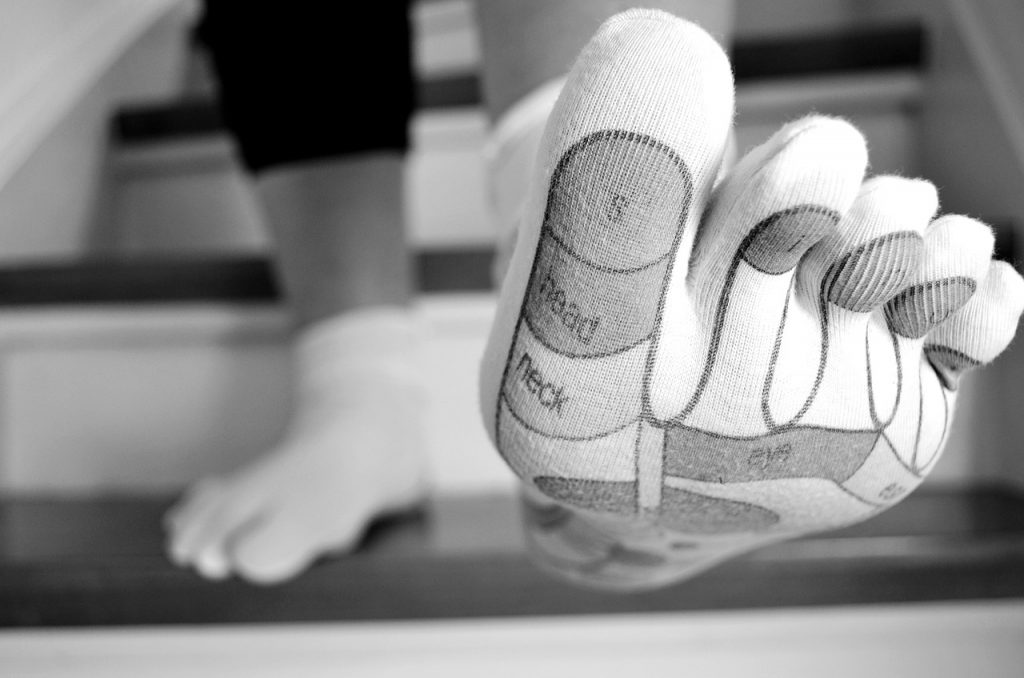Je sais pertinemment que je n’ai passé que deux journées à rencontrer des professionnels de l’éducation finlandaise : chercheurs, professeurs, enseignants, directeurs, élèves, etc. Je sais que ma vision des choses n’est pas complète et que je ne brosse qu’un tableau partiel. Malgré tout, voici quelques commentaires pertinents en lien avec mon aventure scolaire finlandaise.
Le bruit
Les Finlandais sont naturellement réservés. Je le savais puisque j’avais rencontré Pasi Sahlberg quelques années auparavant et je l’avais trouvé peu bavard pour un personnage public. En effet, pour l’avoir vécu, les Finlandais sont confortables dans le silence. Ils n’affectionnent pas particulièrement le bruit inutile et ils n’éprouvent pas le besoin de combler les moments de silence dans une conversation. En général, ils forment un peuple tranquille et discipliné et ils apprécient garder leurs distances avec les étrangers.
Dans les écoles, c’est un peu la même chose : c’est tranquille. Les élèves sont disciplinés, mais sont actifs. Dans la première école que j’ai visitée, je n’ai vu aucune classe avec des pupitres disposés en « rang d’oignons ». Aucune. Les élèves travaillent de façon intuitive et en collaboration : ils sont debout, circulent, échangent. Bref, ils sont actifs et les classes suivent souvent la configuration d’un aménagement flexible.
Ce qui m’a le plus surpris est que les élèves, majoritairement, ne portent pas de souliers! Oui, vous avez bien lu : ils passent leur journée en chaussettes ou en pantoufles! Les enseignants portent aussi des pantoufles ou bien des sandales avec des chaussettes. Je n’en revenais pas! J’ai posé la question à une enseignante et au directeur. Et si quelqu’un se blesse? Et si l’alarme de feu retentit et que les élèves doivent évacuer? Vous auriez quelques centaines de jeunes en chaussettes dehors, dans la neige à des températures sous le point de congélation? Je leur ai expliqué qu’au Québec, les jeunes devaient porter leurs souliers en tout temps et que les membres du personnel ne pouvaient même pas porter de sandales sans ganse au talon pour des raisons de santé et sécurité au travail… ils m’ont jeté un regard rempli d’incompréhension.
La liberté des élèves
J’ai aussi visité une école dite « upper school », fréquentée par des élèves de 16 à 19 ans. L’école en est une à vocation artistique et les élèves ont un niveau de liberté assez incroyable. Les portes de tous les locaux sont déverrouillées et ils peuvent aller n’importe où pour avancer leurs travaux pendant leurs périodes libres. Oui, vous aurez compris que les élèves ont déjà des « trous » dans leur horaire! À cet effet, quatre exemples issus de mes visites me viennent en tête :
Dans un premier temps, des élèves travaillent sur un projet qu’ils ont déjà entamé. Ils sont deux, dans un local pour travailler le tissu, avec des machines à coudre. Il n’y a aucun enseignant sur place!
D’autres pratiquent une pièce musicale dans un petit théâtre. Ils sont cinq ou six et jouent dans un coin. Encore une fois, aucun enseignant autour.
Troisièmement, je vais assister à un cours d’histoire de l’art. Une trentaine de jeunes sont dans la classe. L’enseignante vient m’accueillir et me propose de me montrer le travail de ses élèves, lequel est remisé dans des locaux dispersés sur les quatre étages de l’école. Elle quitte donc ses trente élèves pour partir avec moi pendant une quinzaine de minutes!
Je lui demande : « vous allez laisser vos élèves seuls? »
Elle me répond : « Oui! Ils savent ce qu’ils ont à faire! »
Que dire de plus?
Enfin, pendant la récréation, des enfants glissent sur une butte dans la cour d’école, piste aménagée pour les enfants et au pied de laquelle se dresse un poteau. Je me suis arrêté pour les regarder glisser, en me demandant quand allait se produire l’inévitable. Aucun accident!
Derrière moi, de l’autre côté d’un sentier, deux gamins se chamaillent amicalement. Le premier est grimpé sur l’autre comme pour parfaire ses techniques de lutte.
Il me semble qu’on fait confiance aux élèves. On les laisse être des enfants. On ne s’inquiète pas des éventuelles implications de responsabilité civile ou de blessure. On les laisse jouer et canaliser leur énergie positive. Peut-être est-ce pour cela qu’ils sont calmes une fois retournés en classe?
On s’assure que tous sont confortables dans leur milieu scolaire et qu’ils s’y sentent bien, et ce, qu’ils portent des bas, des sandales ou qu’ils aient le gout de glisser dehors sur une petite pente glacée devant un poteau.
La bienveillance
Peut-être que certains d’entre vous tirez une conclusion hâtive : ils sont réservés, froids et ils laissent leurs élèves seuls dans un local sans surveillance en plus… détrompez-vous! Le portrait global que j’en fais est qu’ils sont extrêmement bienveillants et chaleureux avec les jeunes. Ils sont à l’affût, mais ils souhaitent certainement contribuer à rendre leurs élèves autonomes et, possiblement, ils estiment que cela ne doit pas nécessairement passer par la contrainte continuelle…
De plus, il ne faut pas oublier que la société européenne et la société nord-américaine sont très différentes et que, possiblement, les enjeux liés à la responsabilité civile diffèrent d’un endroit à un autre.
Cet article fait partie d’une série publiée par notre auteur et collaborateur Marc-André Girard, dans le cadre de sa participation au Laboratoire d’innovation et du numérique en éducation (LINE) à l’Université de Nice Sophia Antipolis.
Vous pouvez lire l’ensemble des articles de cette série ici.






